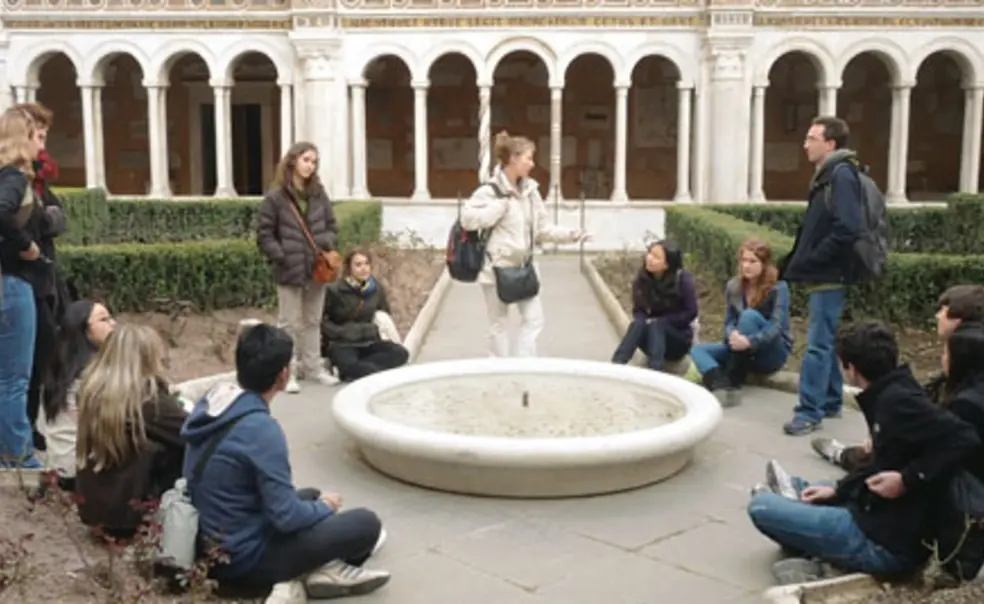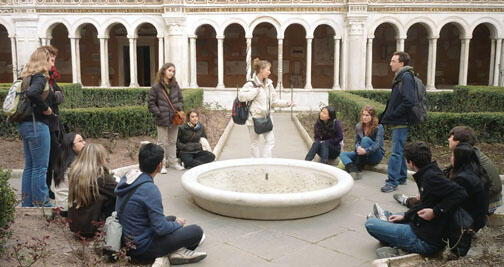Grants from the Class of ’72 spur new courses
Milestone reunions — especially the 25th — are big motivators for Princeton classes. Many set up scholarship funds at that time, while others begin community-service projects.
As the Class of 1972 approached its 25th reunion, then-president Skip Rankin and the class executive committee agreed to fund four scholarships and place a ’72 stone in front of McCosh Hall. But money was left over, prompting Rankin to suggest that his class also could “make a meaningful contribution to the academic life of the University.” The result was the Class of 1972 Teaching Initiative, which supports the development of new courses and teaching experiments. Over the past 15 years, the Teaching Initiative has supported 10 courses with an average of $30,000 each.
As seniors in 1972, most classmates pledged to donate at least $25 per year — independent of dues — up to their 25th reunion. By 1997, the class had amassed just over $1 million.
The executive committee allotted $250,000 to begin the Teaching Initiative, then turned the money over to the Princeton University Investment Co. to create an endowed fund. By 2000, there was sufficient interest income (the class has not touched the principal so far) to support “Conservation and Biodiversity: Science and Policy for an Endangered Planet,” jointly offered by the Department of Ecology and Evolutionary Biology and the Woodrow Wilson School.
Courses since then have covered music, history, literature, African-American studies, and more. A 2010 freshman seminar, “Transformations of an Empire: Power, Religion, and the Arts of Medieval Rome,” included a free spring-break trip to Italy.
This fall, for the first time, ’72ers had the chance to take a course they funded: “Networks: Friends, Money, and Bytes,” taught by electrical engineering professor Mung Chiang. In addition to 30 students taking it at Princeton, the course is being offered online through Coursera, with more than 47,000 people enrolled worldwide.
Deputy Dean of the College Clayton Marsh ’85 said that about 25 new or “substantially enhanced” courses are proposed each year. The 250th Anniversary Fund for Innovation in Undergraduate Education, begun in 1997, is a major source of support, he said, but ’72 is the only Princeton class directly supporting new courses.
Rankin said he hopes ’72 has set an example for other classes. “I think the Teaching Initiative is at the heart of what the University is all about,” he said.













No responses yet